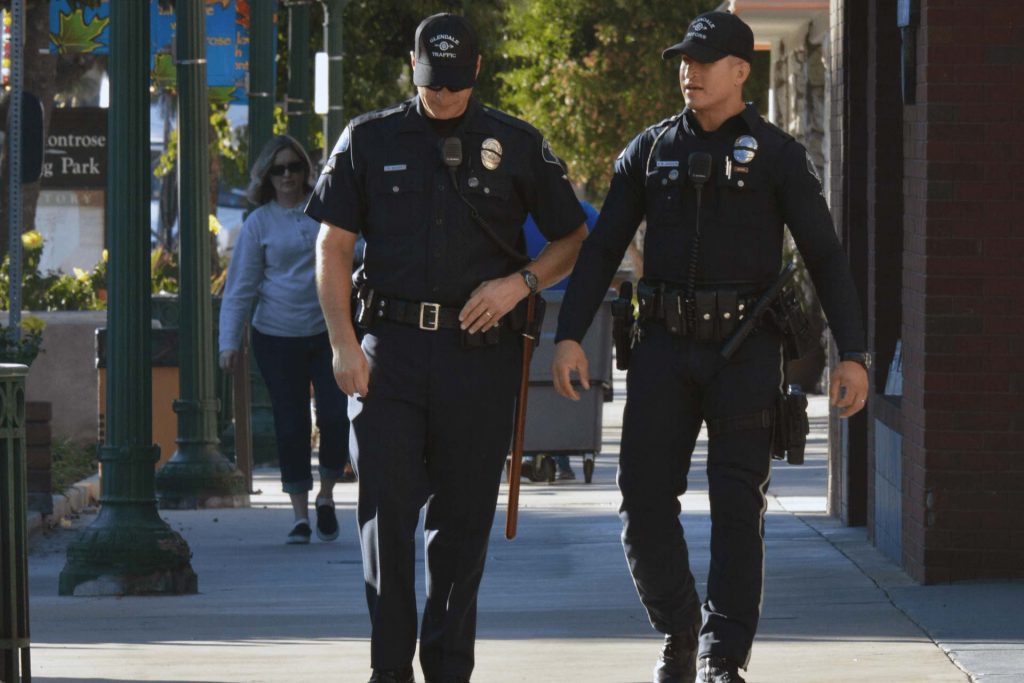Far from being the stuff of science fiction movies, algorithm-based predictive policing has aided law enforcement in deterring crime in communities across the country for the last few years. With varying degrees of success, police departments everywhere have been stepping up their efforts to protect and serve by using state-of-the-art technology that has the potential to change the way policing has always worked.
But it hasn’t been easy getting to this point. Police departments have been facing increasing public criticism in response to implementing these game-changing tactics, which many observers say are biased against certain minorities and encourage over-policing in already targeted areas.
But in the face of ever-changing crime trends, law enforcement has a responsibility to keep citizens safe. So how can police departments negotiate public concerns and the need to get their job done?
When was predictive policing first introduced?

Predictive policing, as a concept, has been around for quite a while now. Crime analysis has informed decisions for many agencies nationwide for a long time. The FBI’s famous behavioral science method of law enforcement is a perfect example of this, albeit a particular one. Daily, police departments have had to determine where and when to deploy patrols to deter criminals.
Predictive policing in the digital age works on the same principles: advanced software analyzes crime data to determine the best way to focus officers’ efforts. The main difference is the amount of data analyzed, for these predictive models take years’ worth of reports into account, a task that would take an insurmountable amount of time were humans to try to do the same.
As we can see, data-informed models do the same job, but they just do it better and quicker. As for concrete examples, we can look at LAPD and NYPD, two early adopters that have incorporated predictive policing into their workbooks.
LAPD first implemented a full-on predictive policing strategy in 2011 with Operation LASER—Los Angeles Strategic Extraction and Restoration—which aimed at targeting and extracting offenders embedded in communities with the precision of a surgical laser. But from the moment the operation launched, persistent public outcry didn’t stop, pressuring LAPD into canceling all their predictive policing efforts in 2019 because of a lack of transparency.
On the other hand, NYPD started testing predictive policing software in 2012 but developed its proprietary software in 2013. It wasn’t long before the public began pressuring the NYPD to release records. Still, they haven’t given up on predictive policing just yet.
With the public opinion standing against the implementation of predictive policing tactics and multiple nongovernmental organizations and media outlets constantly decrying its impact, how can algorithm-based predictive strategies move forward?
Predictive policing going forward.

The primary public concern continues to be a perceived threat to civil rights and biased policing. And after all, without trust, the job of the police will only get more complicated, and public resistance will only toughen up. So the way forward is to work hand-in-hand with the communities law enforcement agencies protect.
Some ways in which police departments can engage society are:
- Citizen advisory boards
- Law enforcement surveys
- Community events
These efforts can prove extremely fruitful in building trust and confidence in the police, helping communities develop long-lasting bonds with officers. When implementing new approaches to policing, departments should inform citizens, thus creating transparency and encouraging them to stay on good terms with law enforcement agencies.
So long as citizens feel they have a voice within the departments, they will trust the police and will better welcome all innovative efforts.
This article was brought to you by Kustom Signals, a leading provider of law enforcement speed enforcement and video solutions.

